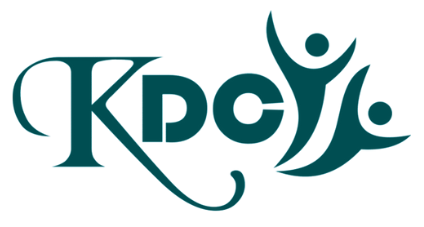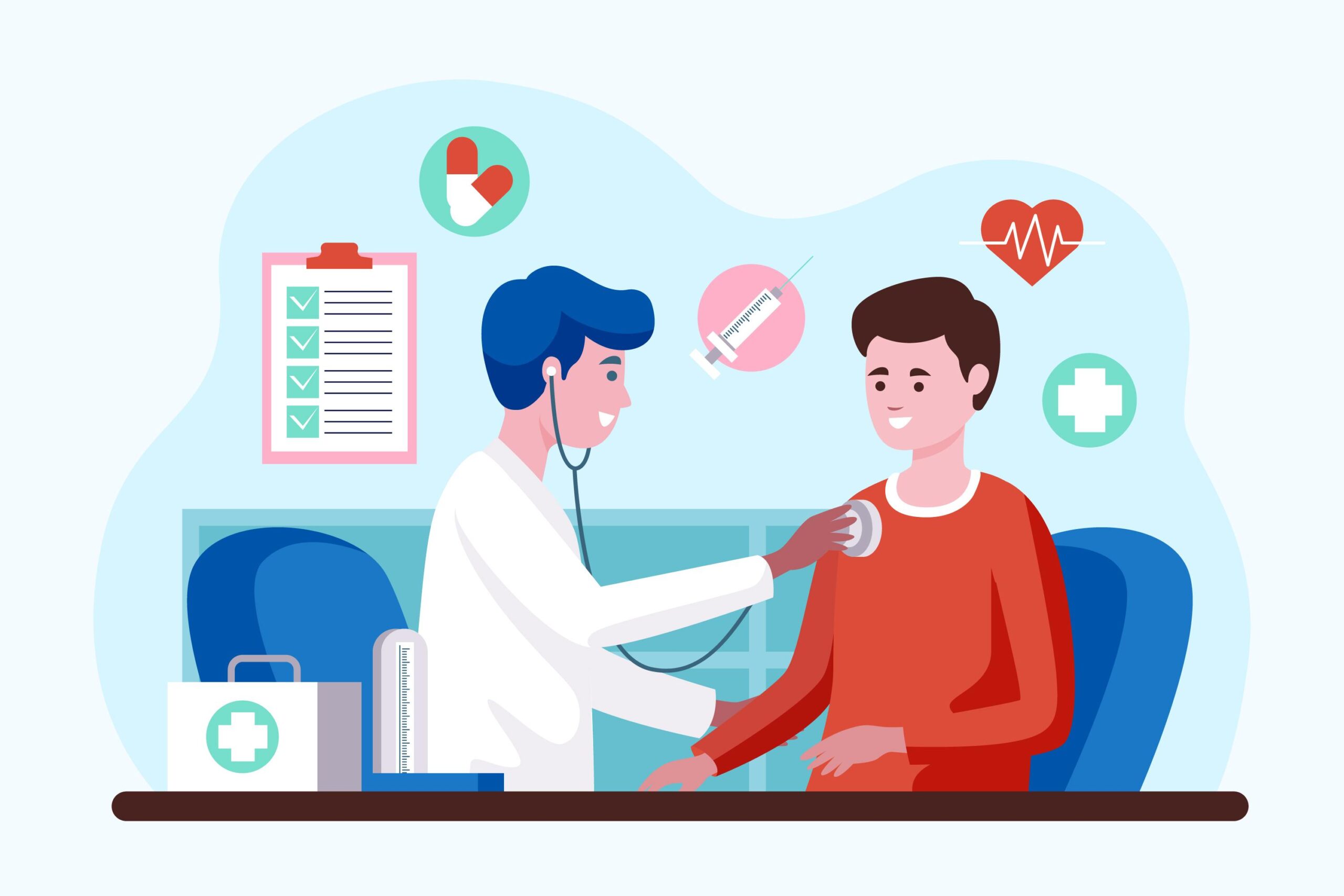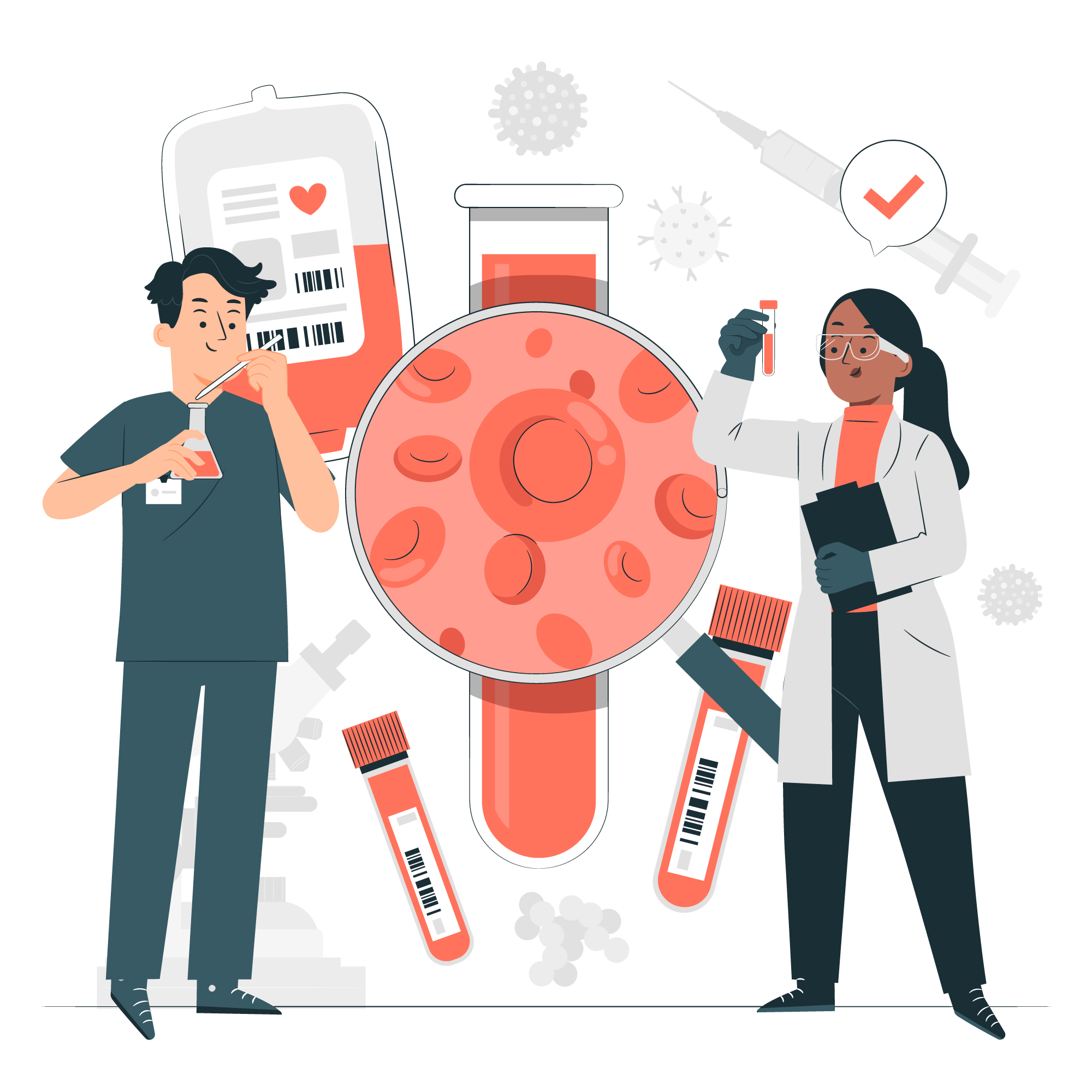The mid-pregnancy moment: where wonder meets wisdom
Pregnancy is poetry in motion — tiny kicks, big dreams, and a calendar full of important milestones. Somewhere between the morning sickness chapter and the late-night ice-cream cravings, there’s a serious, powerful checkpoint: the Fetal Anomaly Scan (also called the detailed anatomy scan or level-II scan).
Think of it as the half-time review of pregnancy — around 18 to 22 weeks, usually sweet-spot at 19–20 weeks. Your baby’s organs are formed, the details are visible, and this is the scan that quietly answers the question every parent carries: Is everything developing as it should?
No guesswork. No superstition. Just clear, compassionate imaging.
What is the fetal anomaly scan?
It’s a comprehensive ultrasound that studies your baby from head to toe, checks the placenta, amniotic fluid, cord, and even looks at your cervix when needed. It’s done transabdominally (probe on the tummy). In some cases, a transvaginal look at the cervix is added to assess cervical length if there’s a risk of preterm birth.
This scan is diagnostic in purpose, reassuring in spirit, and safe for both mother and baby.
When should I do it?
Window: 18–22 weeks (best visibility around 19–20 weeks).
Earlier than 18 weeks → some organs are too tiny to assess fully.
Later than 22 weeks → certain clinical/legal decisions may be time-sensitive; also, baby’s position can make views tougher.
Bottom line: Book it in the ideal window. Your future self will thank you.
Why is it so important?
Because this is the scan that can pick up structural differences early — when your doctor can still plan and act. It helps:
Confirm growth and anatomy: Is the head shape normal? Are the brain structures formed? Are the spine and limbs well-aligned?
Screen for major anomalies: Neural tube defects, heart defects, abdominal wall defects, kidney and urinary tract issues, facial clefts, limb anomalies, and more.
Assess placenta & cord: Placenta previa, low-lying placenta, cord insertion, and three-vessel cord check.
Check amniotic fluid: Too little (oligohydramnios) or too much (polyhydramnios) can need attention.
Estimate risk & plan care: If anything looks unusual, your doctor can order targeted scans, fetal echocardiography, genetic counseling, or NIPT/diagnostic tests as appropriate.
Support delivery planning: Some conditions need delivery at a higher-care center; this scan gives time to organize that calmly.
It’s not about worrying. It’s about knowing — and knowing early is power.
What exactly does the radiologist look at?
Let’s go system by system — plain English, no medical maze.
Brain & Skull
Head shape and size
Brain chambers (ventricles), midline structures, cerebellum, posterior fossa
Skull bones and neural tube closure
Face
Profile, nasal bone
Cleft lip/palate screening
Spine
Cervical to sacral continuity
Overlying skin line
Heart (yes, a focused look)
Four-chamber view
Outflow tracts (great vessels)
Situs (left–right orientation)
Rhythm and rate (if needed, a separate fetal echo may be advised)
Chest & Lungs
Lung fields, diaphragm integrity
Abdomen
Stomach bubble, liver, bowel pattern
Abdominal wall (look for wall defects like gastroschisis/omphalocele)
Kidneys (size, position, pelvis)
Bladder (filling/emptying suggests good urine flow)
Limbs
Both arms and legs, hands and feet
Bone lengths (dating + symmetry)
Placenta, Cord & Liquor
Placental location (previa/low-lying or normal)
Cord insertion and vessel count
Amniotic fluid assessment
Cervix (when indicated)
Cervical length (short cervix increases preterm risk; early detection allows preventive steps)
All this happens in a calm, methodical sweep — with screenshots and measurements saved for your report.
2D vs 3D/4D: what’s really needed?
2D ultrasound is the gold standard for diagnosis.
3D/4D can add surface detail (face, limbs) and can help in selected anomalies, but it’s not mandatory for a good anomaly scan.
If you’d like keepsake images, ask — but medical clarity comes first, always.
How to prepare (and what the appointment feels like)
Preparation
Usually no fasting.
A comfortably full bladder can help early in the window; later it’s often not needed.
Wear loose, two-piece clothing.
Bring previous reports (early scan, blood tests, NT scan, NIPT if done).
Take regular medicines unless your doctor says otherwise.
During the scan
You’ll lie down, gel on tummy, the probe glides gently.
The radiologist may ask you to change sides, cough lightly, or take a short walk if baby is camera-shy. (They’re already practicing stubbornness. Cute.)
Expect 30–45 minutes; sometimes longer if the baby’s position isn’t cooperating. No rush — accuracy beats speed.
After the scan
You’ll receive images and a structured report.
Your obstetrician will interpret the findings alongside your history and previous tests.
Safety: is ultrasound safe for the baby?
Yes. Ultrasound uses sound waves, not radiation. When done by trained professionals and for valid medical reasons, it’s considered safe in pregnancy. We optimize settings to obtain clear images while respecting exposure guidelines. Translation: safe and sensible.
Real talk: limitations & expectations
No test on earth is 100%. Some subtle or evolving conditions may not be visible at this stage.
Maternal body habitus, scar tissue, fetal position, and gestational age can affect views.
If a view is suboptimal, we may call you back — not to worry you, but to complete the checklist properly.
Detection is higher for major structural anomalies; functional or genetic conditions may need further testing (blood tests, NIPT, amniocentesis, fetal echo, MRI in select cases).
Bottom line: This scan dramatically reduces uncertainty — but medicine stays honest about its limits.
What if the scan finds something unusual?
Breathe. Then plan. Typical next steps (personalized by your doctor):
Targeted/Repeat ultrasound to confirm details.
Fetal echocardiography (specialized heart scan) if a cardiac concern appears or if you’re high-risk.
Genetic counseling to discuss options, implications, and choices.
Screening/diagnostic tests (NIPT, amniocentesis, or CVS when indicated).
Multidisciplinary planning — neonatology, pediatric surgery, or delivery at a higher-care hospital if needed.
You are not alone. The goal is clarity, compassion, and a clear care path.
A crucial note on Indian law (read this!)
Under the PCPNDT Act, sex determination is illegal in India. We do not disclose fetal sex under any circumstance. The anomaly scan is a medical examination — to protect mother and baby, not to reveal gender. Please carry a valid photo ID and complete the required consent forms as per regulations.
No awkward requests. No “just tell me softly.” We follow the law, full stop — because it saves lives and dignity.
Who should definitely not miss this scan?
Everyone benefits, but it’s especially important if you have:
Previous baby with congenital anomaly
Diabetes, hypertension, thyroid disease
Autoimmune conditions or on specific medications
Multiple pregnancy (twins/triplets)
IVF/assisted conception
Family history of genetic disorders
Bleeding, infections, or high-risk markers on earlier tests
Cost in Kalwa Thane (what to expect)
In and around Kalwa/Thane, fetal anomaly scan pricing commonly falls in the ₹2,000 – ₹4,000 range depending on machine, expertise, and whether additional targeted views are needed. At Kaizen Diagnostic Centre, we keep it transparent and affordable while maintaining high-resolution imaging and experienced reporting. Call us for the latest package and any add-on (like fetal echo) pricing.
Why choose Kaizen Diagnostic Centre, Kalwa?
High-end ultrasound systems for crisp, diagnostic views
Experienced radiologists with obstetric focus
Patient-first approach — unhurried scans, clear explanations
Fast, structured reports your gynecologist will love
PCPNDT-compliant processes and counseling
Easy access in Kalwa, sensible pricing, and warm staff (we speak human, not just medicine)
📍 Location: Kaizen Diagnostic Centre, Kalwa, Thane
📞 Bookings: 9702993460
🌐 Website: www.kaizendiagnostic.com


